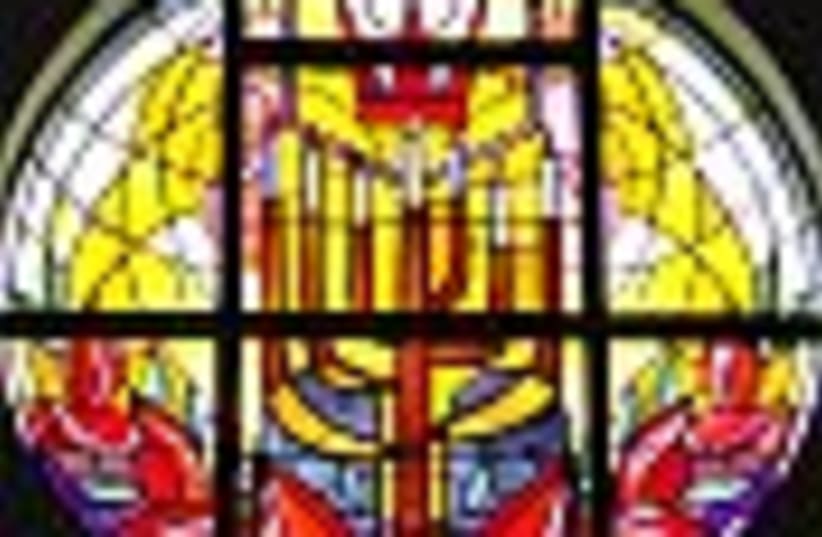| More about: | Bard College, Hebrew language, Canada, Boston |
Do denominational labels matter?
Outside synagogue life there are few real differences between Reform and Conservative Jews.


| More about: | Bard College, Hebrew language, Canada, Boston |